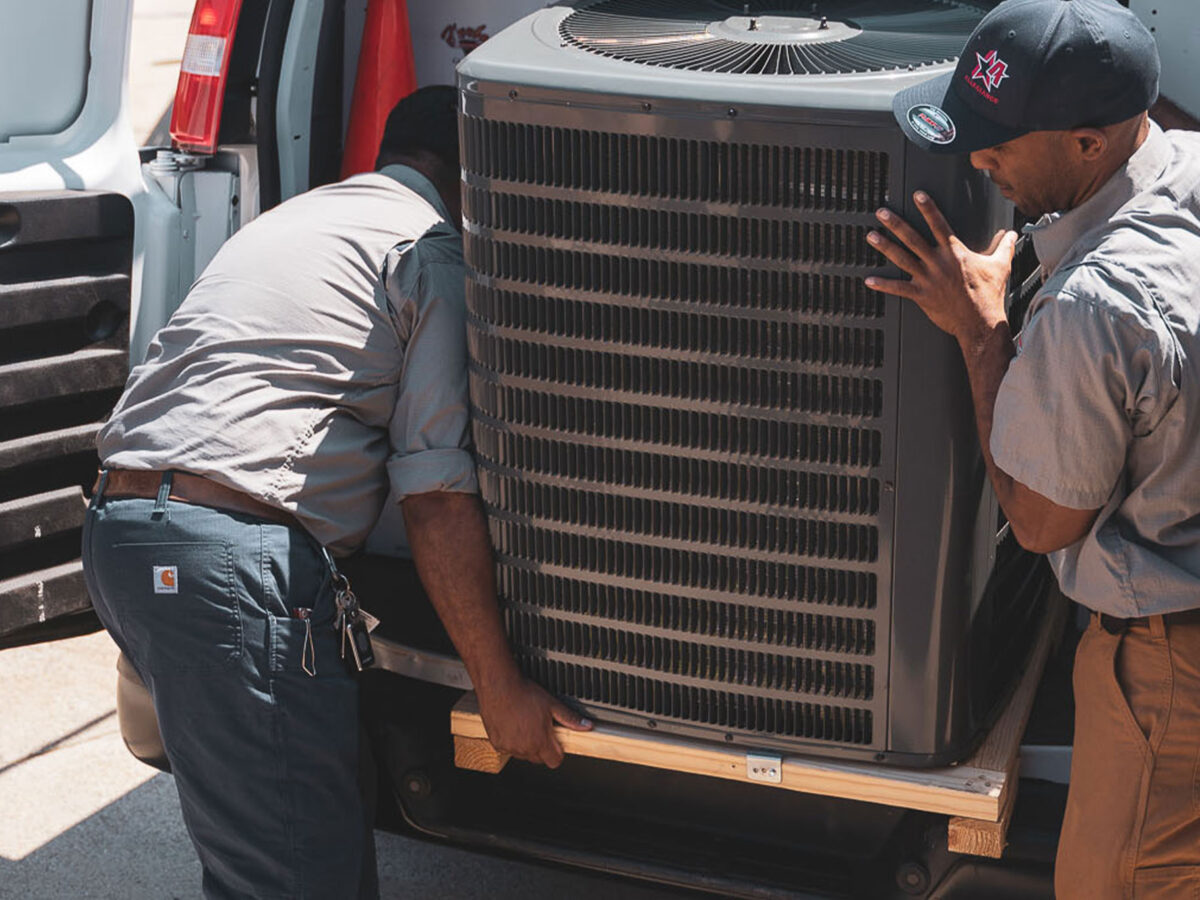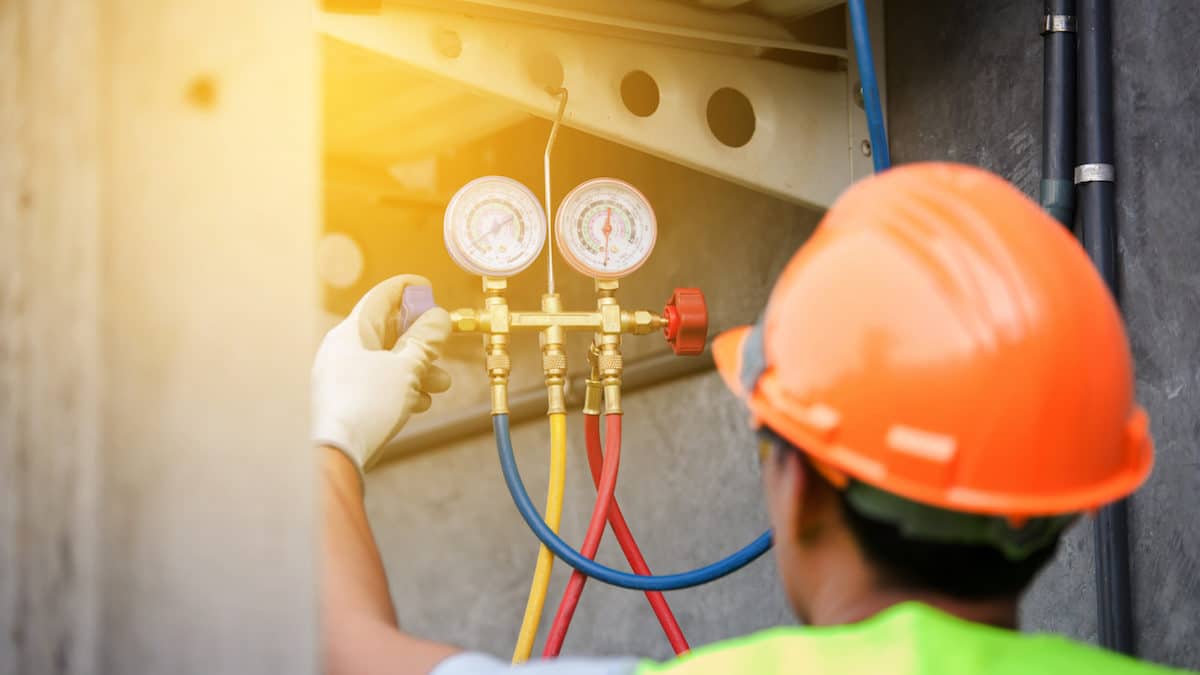Energy Efficiency HVAC Canoga Park - HVAC Contractor - HVAC Services
Energy Efficiency HVAC Canoga Park - HVAC Contractor - HVAC Services
Blog Article
Duct Cleaning Canoga Park Commercial HVAC Services
Indoor air quality is essential for maintaining a wholesome dwelling surroundings. Many people spend a big amount of time indoors, making understanding the widespread components affecting indoor air quality essential for overall well-being. Poor air quality can lead to numerous health issues, including respiratory problems, allergies, and other long-term circumstances.
One of the first contributors to indoor air quality is air flow. Proper air flow helps circulate fresh air within a space, diluting pollution and moisture. Insufficient ventilation can trap contaminants, resulting in elevated concentrations of airborne toxins. Homes and buildings which are too tightly sealed for power efficiency can end result in poor airflow, emphasizing the need for balanced ventilation systems.
Another important factor is the presence of indoor pollution. These can come from quite so much of sources, including household cleaners, paints, and pesticides. Volatile natural compounds, or VOCs, are commonly discovered in many family products. When these products are used or stored improperly, they can launch dangerous gases into the air, contributing to compromised indoor air quality.
Humidity levels significantly affect air quality as properly. High humidity can create a breeding ground for mold, mud mites, and different allergens. Conversely, low humidity can lead to dry pores and skin and respiratory discomfort. It's important to maintain up optimum humidity levels, usually between 30% and 50%, to advertise a cushty and healthy indoor setting.
HVAC Troubleshooting Canoga Park What Is an HVAC Contractor? (2024 Guide)
Temperature plays a role in how air quality is perceived and its precise composition. Comfortable temperatures are essential not only for bodily well-being but also for mental focus. Fluctuations in temperature can have an result on the distribution of pollution as properly as the performance of heating and cooling systems. Thus, sustaining stable temperatures is significant for enhancing indoor air quality.
Common sources embody unstable natural compounds (VOCs) from paints and cleaning products, mold, mud, pet dander, tobacco smoke, and outside pollutants that enter buildings. Managing these sources is essential for maintaining good indoor air quality.
How can humidity levels impact indoor air quality?
High humidity can promote mildew progress and mud mites, while low humidity could cause respiratory points and discomfort. Maintaining indoor humidity levels between 30-50% may help mitigate these results.
What position does ventilation play in indoor air quality?
- HVAC Equipment Sales Canoga Park
Energy Efficiency HVAC Canoga Park HVAC Installation & Replacement
Proper air flow is essential for diluting indoor pollutants and bringing in fresh air. It helps scale back the focus of dangerous substances and helps total respiratory well being by guaranteeing sufficient oxygen ranges.

Yes, long-term exposure to poor indoor air quality can lead to respiratory issues, allergic reactions, complications, and in some circumstances, severe well being issues such as asthma and cardiovascular disease.
Emergency HVAC Services Canoga Park Find a Contractor
How usually should I change air filters in my HVAC system for optimal air quality?
Typically, it is really helpful to change HVAC air filters every 1-3 months, depending on utilization and the kind of filter. Regular maintenance helps make positive the system operates effectively and improves indoor air quality.
Sustainable HVAC Solutions Canoga Park Heating & AC Services - HVAC Contractor
What are some easy ways to enhance indoor air quality at home?
Simple measures include maintaining home windows open for fresh air when climate permits, utilizing an air purifier, decreasing the utilization of harsh chemicals, sustaining humidity ranges, and regularly cleaning and vacuuming to reduce dust.
Residential HVAC Canoga Park HVAC Contractor Services
Can indoor crops assist improve air quality?
Yes, sure indoor plants have been proven to absorb toxins and improve indoor air quality - MERV Filters Canoga Park. Plants like spider vegetation, snake vegetation, and peace lilies can improve aesthetics whereas selling more healthy Home Page air.
Is indoor air quality worse in winter months?
Indoor Climate Control Canoga Park Friendly, Affordable HVAC Repairs
Indoor air quality can worsen in winter as a end result of lowered air flow from sealed windows and increased heating, which may dry out the air and elevate indoor pollution. It's necessary to monitor and manage air quality year-round.

How does outside air quality affect indoor air quality?
Outdoor pollution can infiltrate indoor spaces via home windows, doorways, and ventilation systems. Poor outside air quality can considerably impression indoor air, so awareness and preventive measures are key to maintaining a healthy surroundings.
MERV Filters Canoga Park Find a Contractor
What steps ought to businesses take to make sure good indoor air quality?
Businesses should perform common maintenance on HVAC techniques, ensure enough air flow, conduct air quality assessments, minimize the use of poisonous materials, and encourage a smoke-free environment to advertise worker health and productivity. Report this page